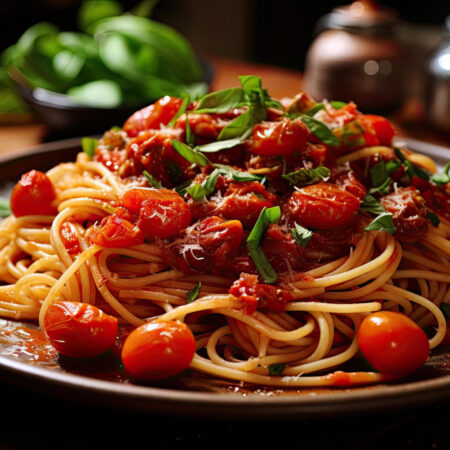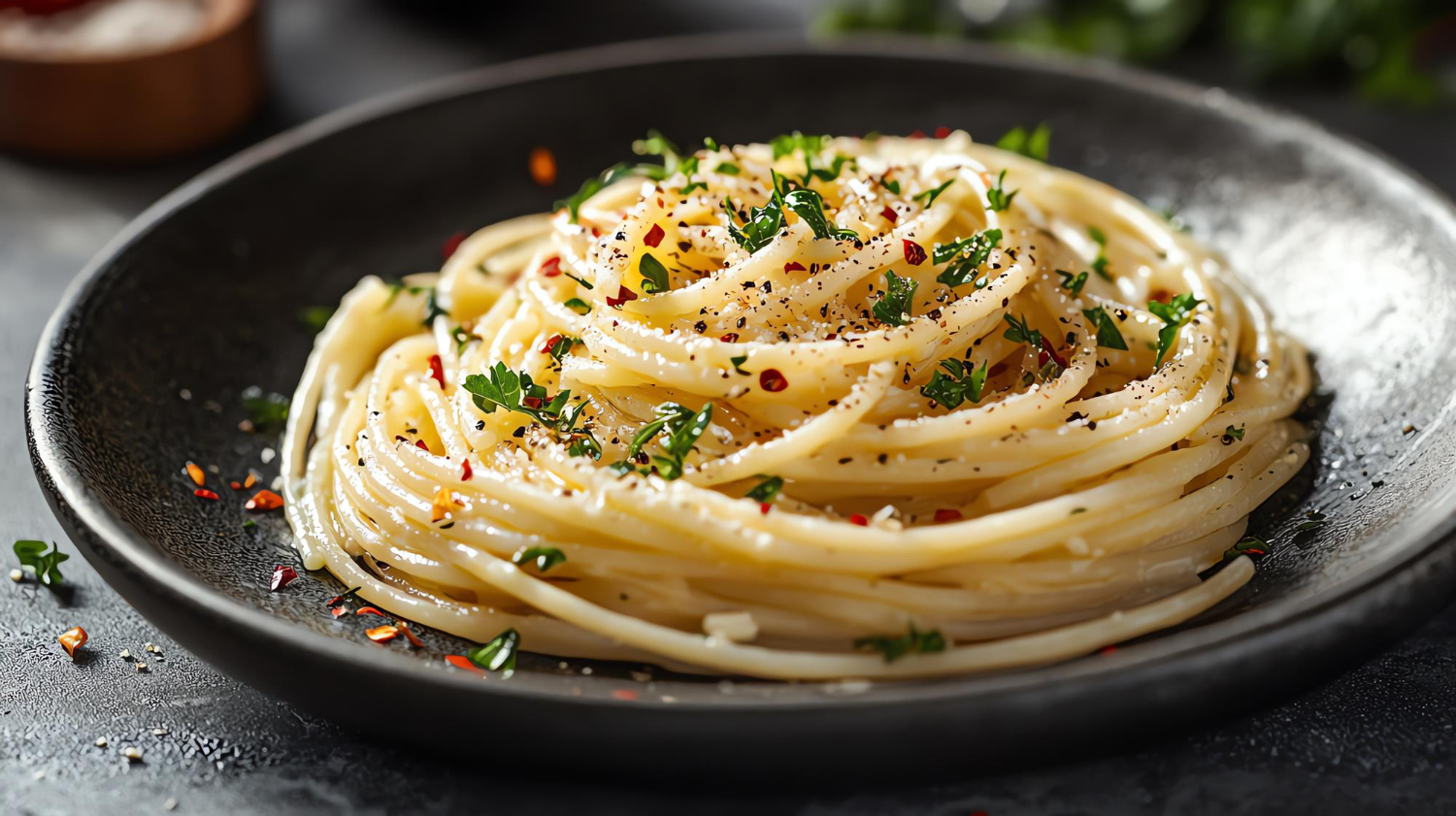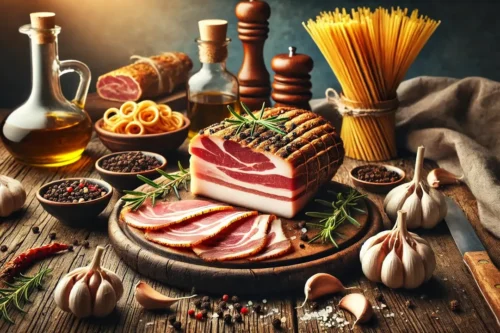Photo: generated by DALL-E
Pecorino Romano is not just a cheese but a time to the ancient Rome cheese. Roman writers as Pliny the Elder, mentioned it as early as the first century AD, stating its worth in daily life and as a basic for soldiers on service. Its toughness together with high nutritional qualities made it very appropriate for carrying out long campaigns by ensuring that the Roman legions got something to feed on. Till now, Pecorino Romano has preserved that antique appeal and safety is the designation of PDO whereby only those cheeses that are made within specific regions of Italy following traditional techniques carry this name.
The art of making Pecorino Romano
Making Pecorino Romano is indeed a very careful method that indicates centuries of tradition. The cheese is made only out of fresh sheep milk available from regions like Lazio, Sardinia, and Tuscany. Every step, right from curdling to aging, contributes majorly towards its unique taste.
- Milk collection: The required milk is sourced only during the milking season that falls between November and June from indigenous breeds of sheep found in the region, which is responsible for the richness and robust flavor profile of the cheese.
- Curdling: The milk is then heated to a temperature ranging between 37°C and 39°C (98–102°F), and rennet from lamb is added to curdle in around half an hour.
- Cutting and pressing: The curd so formed is cut into pieces and then heated slowly and pressed in the molds to drain out the whey from it.
Salting and aging: Cheeses will be salted by any of the processes using a hand or brine dipping to augment its typical salty taste. They will stay for table cheese at least five months and at least eight months for grating varieties or longer.
The outcome is a firm, breakable cheese with a solid crust; the odor is of baked milk specks of nuts prevail in the taste, and all this is the joint product of time and tradition.
Flavor profile and applications of Pecorino Romano
Pecorino Romano is known for its strong, sharp taste and hard, grainy texture. Unlike more gentle cheese, it’s the strength of its flavor which makes it such an excellent addition to the kitchen when cooking Italian dishes. This allows it to take the lead in all forms of cooking, be it traditional or innovative. • Pasta dishes: Fundamental to much loved dishes, such as Cacio e Pepe and Carbonara, where its salinity balances the plate nicely. • Salads and soups: Grated Pecorino imparts umami to fresh salads or helps lighten hearty broths.
Nutritional benefits and appeal
Some feel that it’s liquid gold and should be savored in small shots. Some even argue that it should just be added to cocktails, as the kick is immense but pleasant. But the health benefits of olive oil can’t be ignored, and if one can consider the olive oil consumption in the Mediterranean diet, then there’s no room for further questions. If any serious attempt is made to understand, each ingredient will reveal one health secret or another, and secrets that are worth knowing if only for the sheer elixir of knowledge revealed by olive oil.
Being a sheep’s milk cheese, Pecorino Romano carries with it a good source of proteins, calicium, and vitamins A and B12. Its higher fat content compared to cow’s milk cheeses is another reason for its strong flavor. The last important characteristics are that it is naturally lactose free and as such can be taken by people who are lactose intolerant.
Type of Pecorino cheeses
While Pecorino Romano is the best known, other regional flavors include the milder and creamier Toscano and the sweet and salty Sardo. The differences among them underscore Italy’s diversity of cheese-making traditions.
Preserving tradition through PDO status
The designation as P.D.O. protects the authenticity of Pecorino Romano since it can only be produced in defined regions using traditional techniques. This status helps not just keep the identity of the cheese intact but also helps several local farmers and cheese-makers save an important part of cultural heritage ‘Italian Cuisine’.
An icon of Italian gastronomy
Pecorino Romano is the proof of the long-standing tradition of Italian cuisine from its ancient roots in the Roman Empire to its status today in every kitchen. It is more than just a robust historical flavored cheese. It is a treasure that binds Italy to its past and is a critically acclaimed part of who they are as a people. Whether put on pasta, served with bread, or savored alone, Pecorino Romano gives the taste of Italy to every corner of the globe.
Source: Pecorinoromano.com (link)















